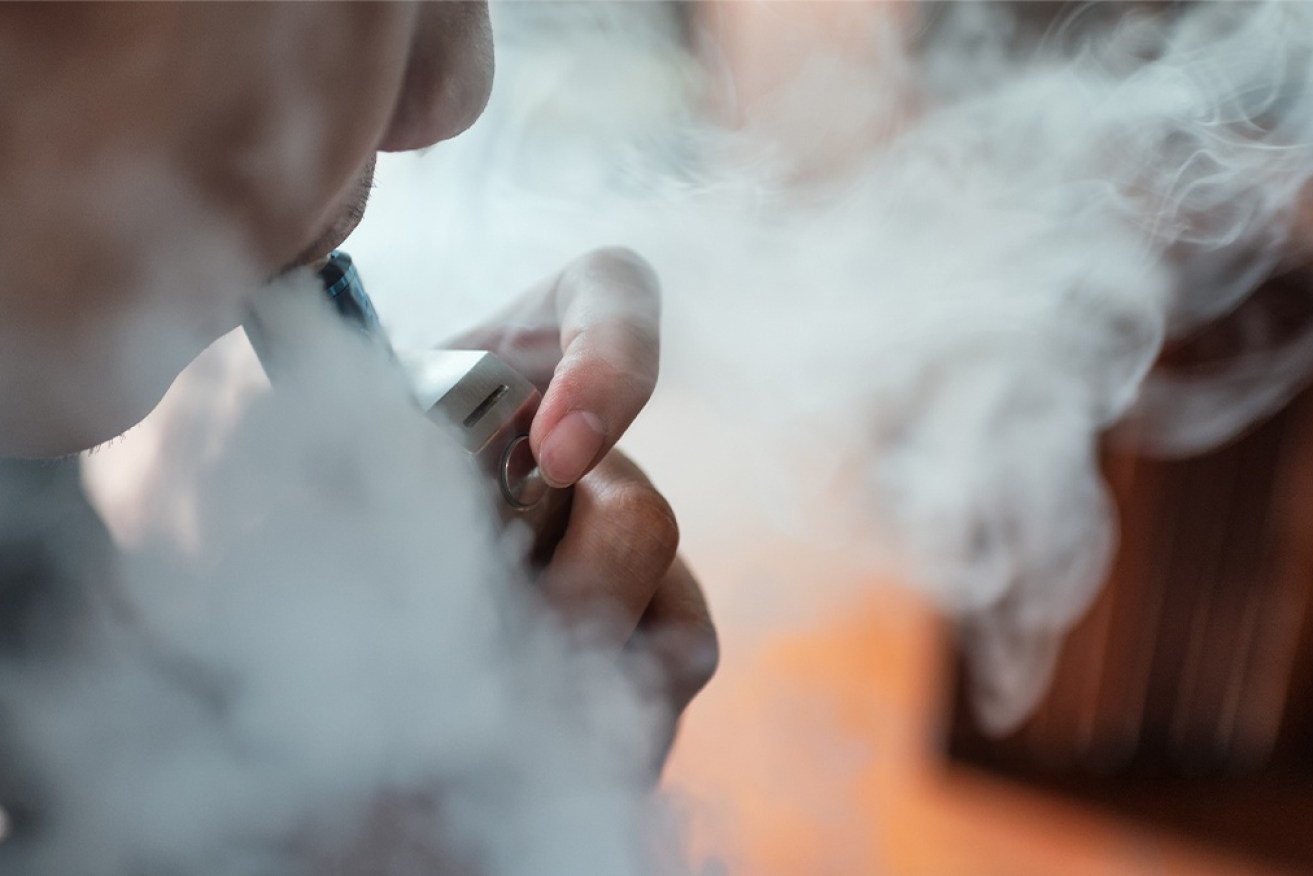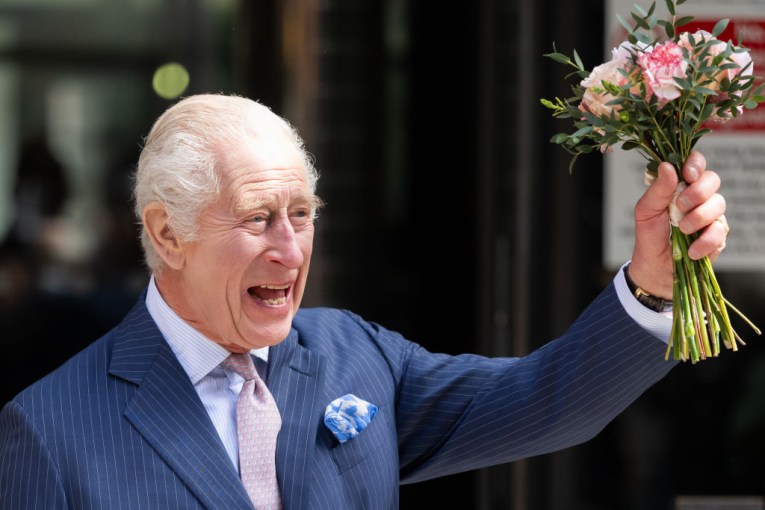Everyone is not doing it: How schools and parents should talk about vaping

Vaping products have become increasingly popular among young people. Photo: Getty
We work at Griffith University’s Blurred Minds initiative. The program uses games to educate Australian high school students about alcohol, drugs and vaping.
As part of our research, schools frequently tell us they do not have the tools and strategies to deal with the vaping crisis.
In previous years, schools were most likely to seek our help for alcohol or cannabis. Now, it is for vaping.
According to a 2022 study, 32 per cent of New South Wales teenagers aged between 14 and 17 years have tried vaping at least once. A 2017 national study found 13 per cent of 12 to 17-year-olds had tried it.
Unfortunately, our survey research also shows vaping is common among teenagers. But it also tell us young people understand it is unsafe and unhealthy.
This suggests there are genuine opportunities for schools – and parents – to intervene and help young people avoid the serious harms associated with vaping.
Why is it so dangerous?
E-cigarettes, or “vapes”, are battery-powered devices that resemble metal pens, USBs, watches, or other small box-like objects.
Cartridges of vape liquids or “juices” are heated and converted into vapour, which the user inhales along with harmful artificial flavourings and chemicals and other potential contaminants from the manufacturing process or the device.
A single vape can contain as much nicotine as 10 packets of cigarettes.
Research shows vaping can cause lung injury, cardiovascular disease, respiratory infections, other serious, negative effects including on brain development and the immune system.
Not only can vaping lead to long-term addiction, but it is also associated with other health risks such as seizures, acute nicotine toxicity and burns.
What schools tell us
There are many reasons a teenager may vape. Most commonly, curiosity or peer pressure lead to their first experience.
As researchers, we have heard stories of young students trying vapes because they “taste like bubble gum”, have “colourful designs” and “smell nice”.
In 2022, we talked to almost 400 schools around Australia about their issues with vaping, alcohol and other drugs. Principals on the Gold Coast alone reported hundreds of thousands of missed school days and an increase in expulsions due to vaping.
We have heard of schools locking up toilets to avoid having a place for students to vape. But this only sees addicted students miss school to find somewhere else to vape. We also have heard from students being home schooled so they can continue to vape.
Schools know they have an important role to play in reducing the practice, but say punitive approaches are not helping students quit the habit.
What students say
Last year, we surveyed 2777 students with an average age of 14 to help understand their attitudes towards vaping, alcohol and drugs. We found:
- Vaping is common among young people
27 per cent of students had vaped at least once, 37 per cent said they do it several times a day - Young people know it is not good for them
More than 96 per cent said they believe vaping is unsafe (this includes 85 per cent who said it was “totally unsafe”). More than 96 per cent said they do not think vaping is healthy (this includes 89 per cent who said they “totally disagreed” it was healthy) - Students believe a lot more teens are vaping than there are
Presented with the statement, “most Australian teenagers vape,” more than 60 per cent agreed - Peer pressure is a factor
Respondents said they would find it harder not to vape around friends. More than 17 per cent said they are “unsure about their ability to resist a vape” when alone, compared to 24 per cent when with friends.
Tweet from @4corners
Talking about vaping
There are many strategies teachers and schools can use to empower their students not to vape. These include:
- Challenging the idea ‘everyone is doing it’
Our research suggests young people think more people vape than actually vape. If they are concerned about fitting in, we need to give them the facts - Empowering young people to know they can refuse to vape
This includes ways of saying no without being singled out. Examples of what students could say include: “I don’t want to waste my money”; “I’ve seen those explode”; “I have asthma”; “I don’t want your germs”, and “Have you heard what kind of horrible things are in those?” - Understanding the impact on their health
This will enable them to make accurate choices about their wellbeing, rather than for what they think others want from them - Don’t preach
Our research shows teachers are seeing much better engagement when they use tools that include games, quizzes, videos and different media elements rather than a lecture. If you are a teacher and looking for ways to engage your students, our researchers have developed free games and a free online vaping module.
This article is republished from The Conversation under a Creative Commons licence.








